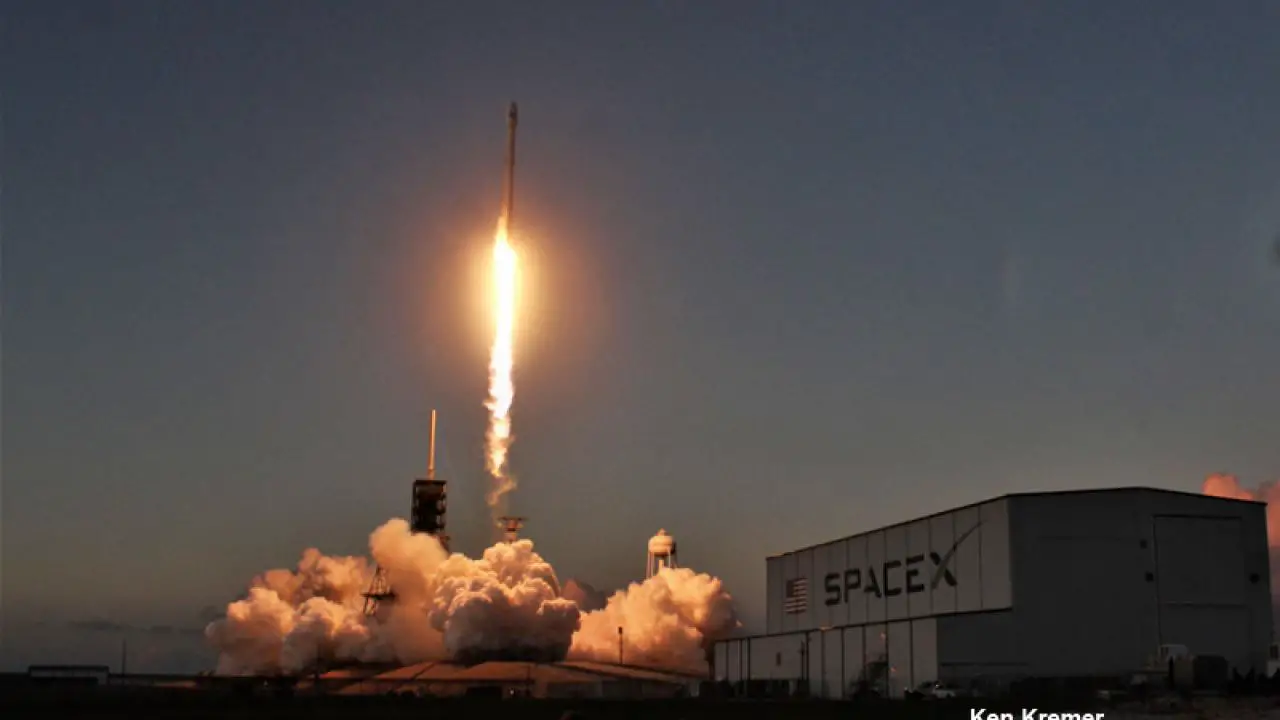Early Sunday morning, a SpaceX Falcon 9 rocket successfully launched a secret National Reconnaissance Office (NRO) cargo into orbit, marking the company’s 14th mission so far this year. The launch occurred after a cloudy California launch. The rocket’s nine first-stage engines ignited with a burst of flame at 9:13 a.m. EDT (6:13 a.m. local time) on pad 4E at Vandenberg Space Force Base, northwest of Los Angeles.
The engines quickly ramped up to 1.7 million pounds of thrust and pushed the vehicle away from its seaside firing stand with ease. During its second flight, the first stage blasted off on a southerly trajectory, allowing the upper stage and its NRO payload to escape from the thick lower atmosphere and into space. The stage separated from the rocket two and a half minutes after liftoff, and the solitary engine powering the Falcon 9 second stage took over for the duration of the climb.
Meantime, the reusable first stage turned around and restarted three engines to reverse direction before flying back to Vandenberg, where it touched down at Landing Zone 4 roughly eight minutes after taking off. Landing on the California coast marks SpaceX’s 114th successful booster recovery and the company’s fifth such recovery in the state. Typical of secret payloads, SpaceX provided no more information regarding the flight other than to report that the second stage successfully reached orbit.
The National Aeronautics and Space Administration (NRO) did not provide any details regarding the satellite payload, but it did affirm mission success in a statement.
Mr. Chris Scolese, director of the National Reconnaissance Office (NRO), stated, “I am pleased with the collaboration, expertise, and drive that went into making this launch a success and eventually providing crucial information to our nation’s policymakers, military, and intelligence communities.”
Colonel Robert Bongiovi, head of the Space Systems Command’s Launch Enterprise, said the following: “It was just fantastic… Everything was in working order, including the integrated crew, the rocket, and the satellite, and the launch proceeded without incident.” Independent space analysts speculated that the Falcon 9 rocket carried two Naval Ocean Surveillance System, or NOSS, satellites into orbit, based on the launch time and a variety of other factors, including military procurement documents. NOSS satellites work in pairs to electronically monitor and locate ships at sea.
Source: CBS News

